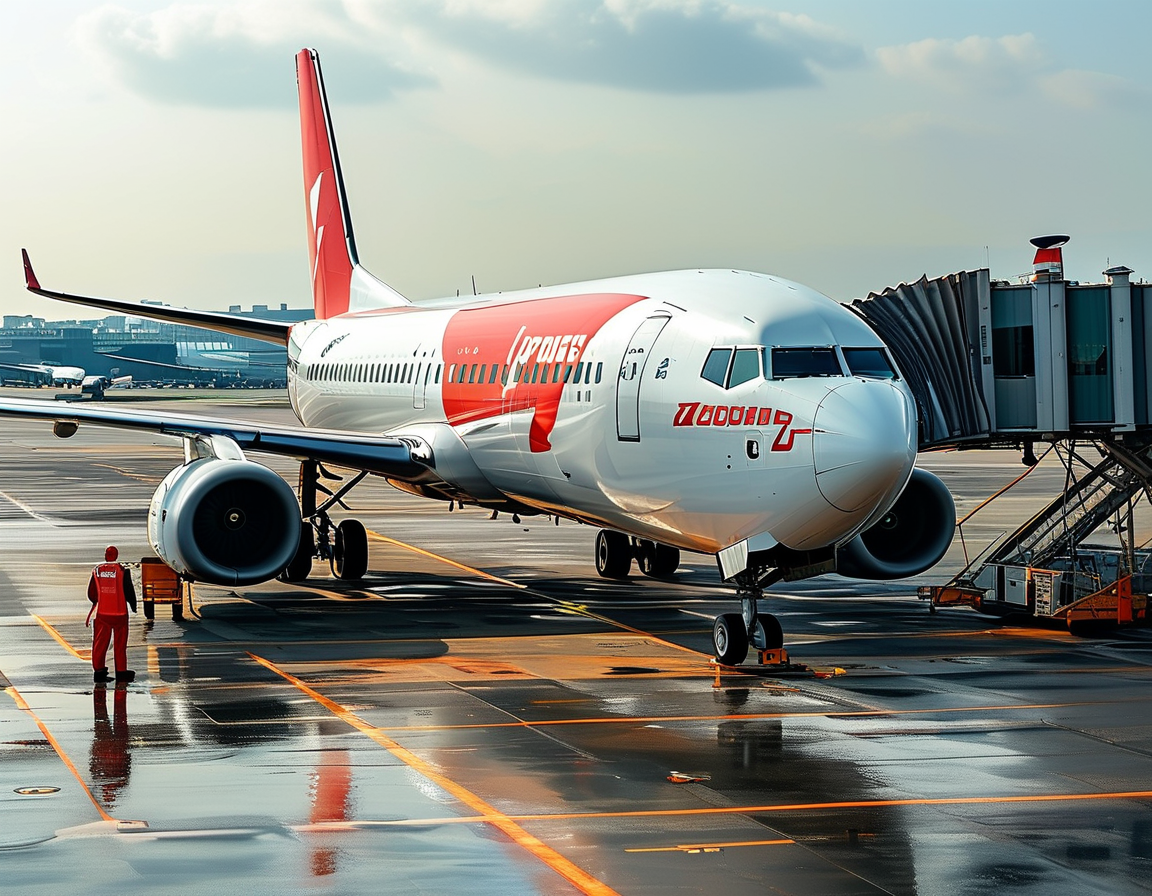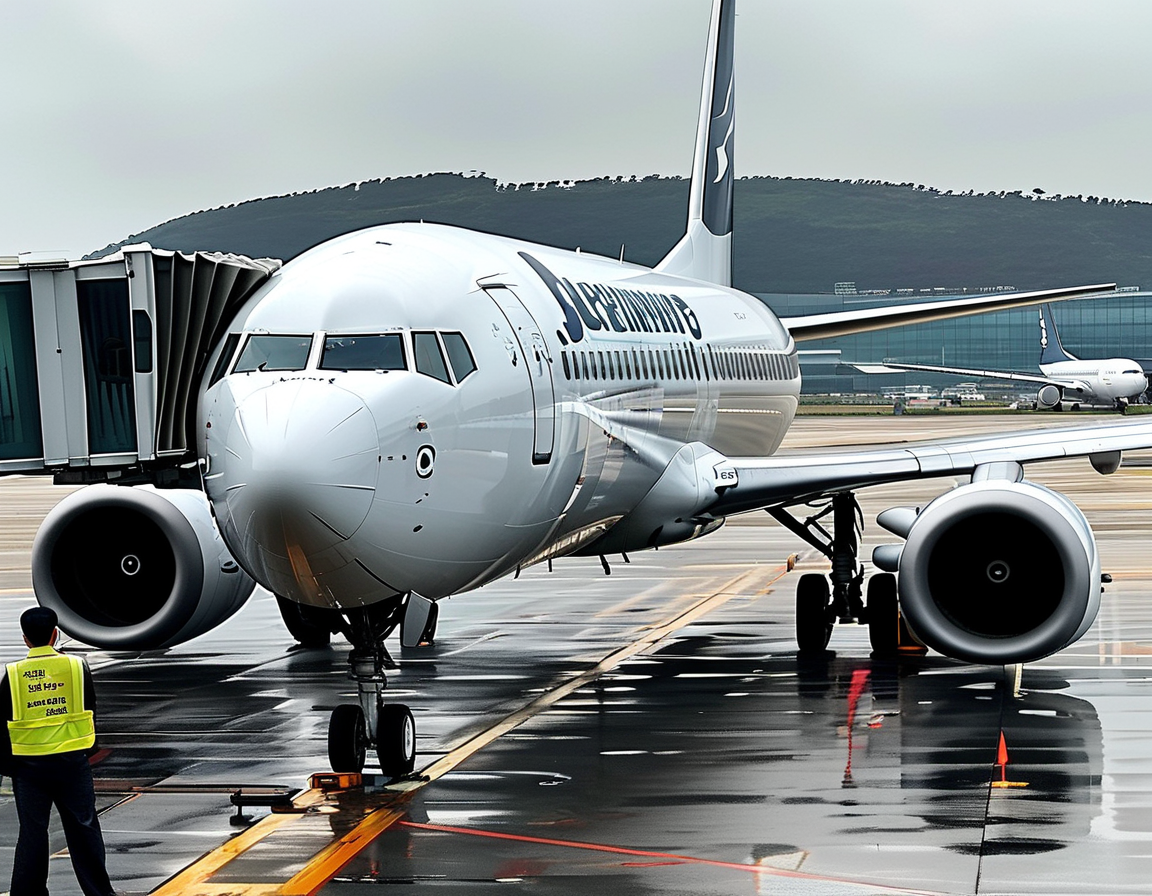Jeju Air’s Emergency Landing
Jeju Air Flight 7C101 took off from Gimpo International Airport. On a morning that began like any other, it was headed for Jeju Island. But shortly after takeoff at 6:37 a.m., fear crept in. A mechanical issue with the landing gear was detected. Passengers, a mix of families and travelers, felt the tension rise. At 7:25 a.m., the aircraft safely returned to Gimpo. Anxiety hung in the air as the airline informed everyone onboard about the malfunction. What does this mean for their journey?
Unfolding Events in Aviation Safety
This incident comes amid a somber backdrop. Just a day prior, a different Jeju Air flight tragically crashed in Muan. It cost 179 lives due to a grave landing gear failure. The connection between these events is unsettling. Passengers on Flight 7C101 couldn’t shake off the news from the day before. How could this happen again? It’s a grim reminder of how quickly things can go wrong in aviation.
What Makes Landing Gear Crucial?

Landing gear is more than just an aircraft feature. It ensures safe takeoffs and landings. Mechanical faults pose real risks. Understanding this vital function is essential for passenger safety. In both instances, the Boeing B737-800 played a key role. With 39 of its 41 fleet consisting of this model, Jeju Air relies heavily on it. This incident reveals underlying tensions and fears surrounding air travel. Travelers may wonder: how safe are they really up there?
Future Operations and Passenger Insights
Jeju Air plans to bounce back. They aim to switch their aircraft for future operations. For many, however, trust in the airline may linger as a concern. Some might even consider alternative airlines. How will Jeju Air restore passenger confidence? Travelers contemplate these questions in the wake of fear and uncertainty. The journey of trust rebuilding can take time, especially after such close calls.
Reflections from Travelers
What do passengers think? Experiences vary significantly. Some may feel thankful for the safe return. Others might feel anxiety about flying on the same model of aircraft. It raises a broader question about the perceived safety of planes we rely on. How do we ensure we feel safe next time the plane takes off?
An Unforgettable Experience

This incident will likely stay in the minds of those involved. For the people on that flight, it was not just another day. It was a reminder of the potential dangers of air travel. As they touched down back at Gimpo, gratitude probably washed over them. It begs the question: how do we move forward in a world where flying can be perilous?
The recent events underscore the importance of transparency and quick action in the airline industry. As flights resume, passengers may find reassurance in affirmative communication from airlines. But can airlines truly assuage the fears that linger in the hearts of their customers? This challenge, complex as it is, points to a larger conversation about safety and public trust.




